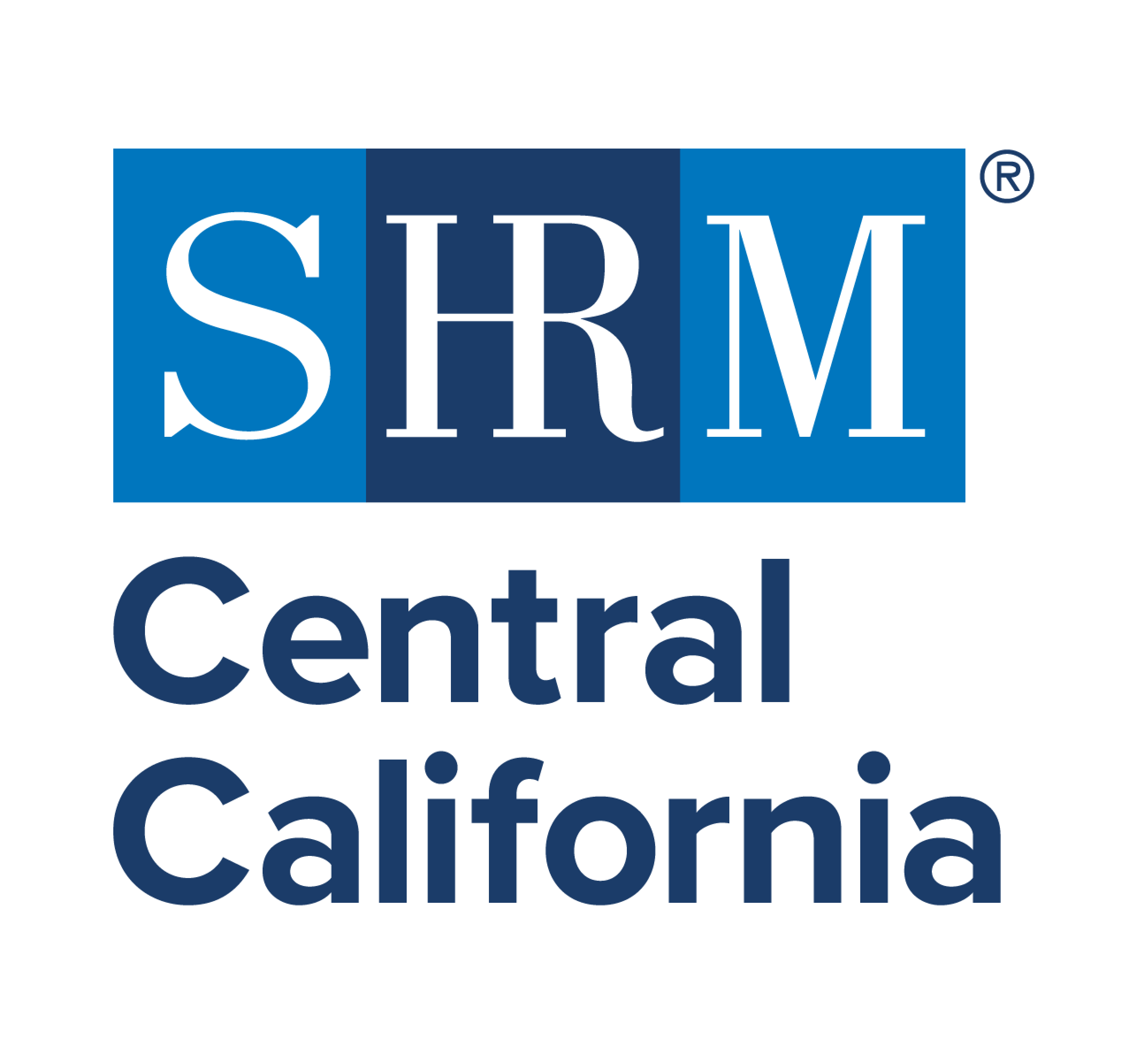Last month we covered how shoehorning employees into an existing workplace culture can not only be difficult but also limiting to the success of a business. Instead of continuing down the static pathway of culture, we instead suggested a community centered approach that embraces the idea that workplaces require a variety of individuals in order for a business to transcend its current state. Workplaces are essentially “melting pots” where individuals from numerous backgrounds and walks of life are brought together. Rather than ignoring this reality, a community centered approach seeks to make it a strength.
An old trope in management theory is that goals of employee’s and the goals of management are often in conflict with one another. The employee hopes receive the maximum benefit for a minimal amount of work while management seeks to extract the maximum amount of labor value for a minimal cost. Thus, management under this way of thinking functions in an autocratic fashion. However, this old way of thinking harbors a dangerous presupposition in that it assumes that an employee’s mindset is purely economic. As time has shown since the industrial revolution, a major factor in employee satisfaction is not only their wage but also their personal fulfillment. Thus, it is no surprise that Abraham Maslow’s hierarchy of needs has been utilized by various management theorists in order to undo this previous way of thinking. In doing so, notions of job security, feeling wanted, self-respect and the fulfillment of potential were added to basic needs such as earning money for food and shelter.
By acknowledging the importance of these needs, we view employees in a more humanistic fashion and come to find that there is much overlap between the goals of the company and the goals of individual employees. It becomes our mission to then tap into this overlap to maximize the potential of our employees while also the potential of our businesses.
A way to tap into this overlap is through employee participation in the decision making of the business. As it stands there are two forms of employee participation, one we will refer to as pseudo-participation and the other which we will call authentic participation. Through pseudo-participation, it is vocalized that management requests employee feedback but ultimately the decision remains managements alone. However, with authentic participation, management is then tasked with creating an environment in which the total resources of the department are utilized and decisions regarding tasks are made by those directly involved. In other words, this theory proposes that control and decisions are more efficiently made by those employees who are directly involved with said tasks. In theory, this would give employees a new-found sense of self direction and allow for a community spirit to be fostered amongst their ranks.



